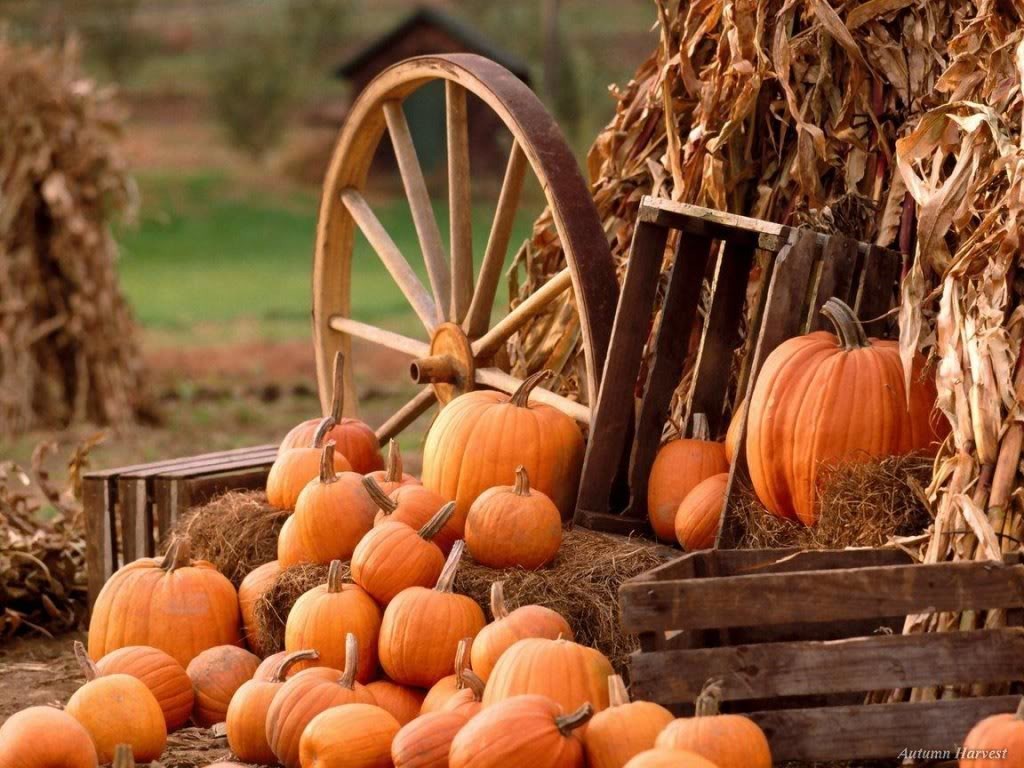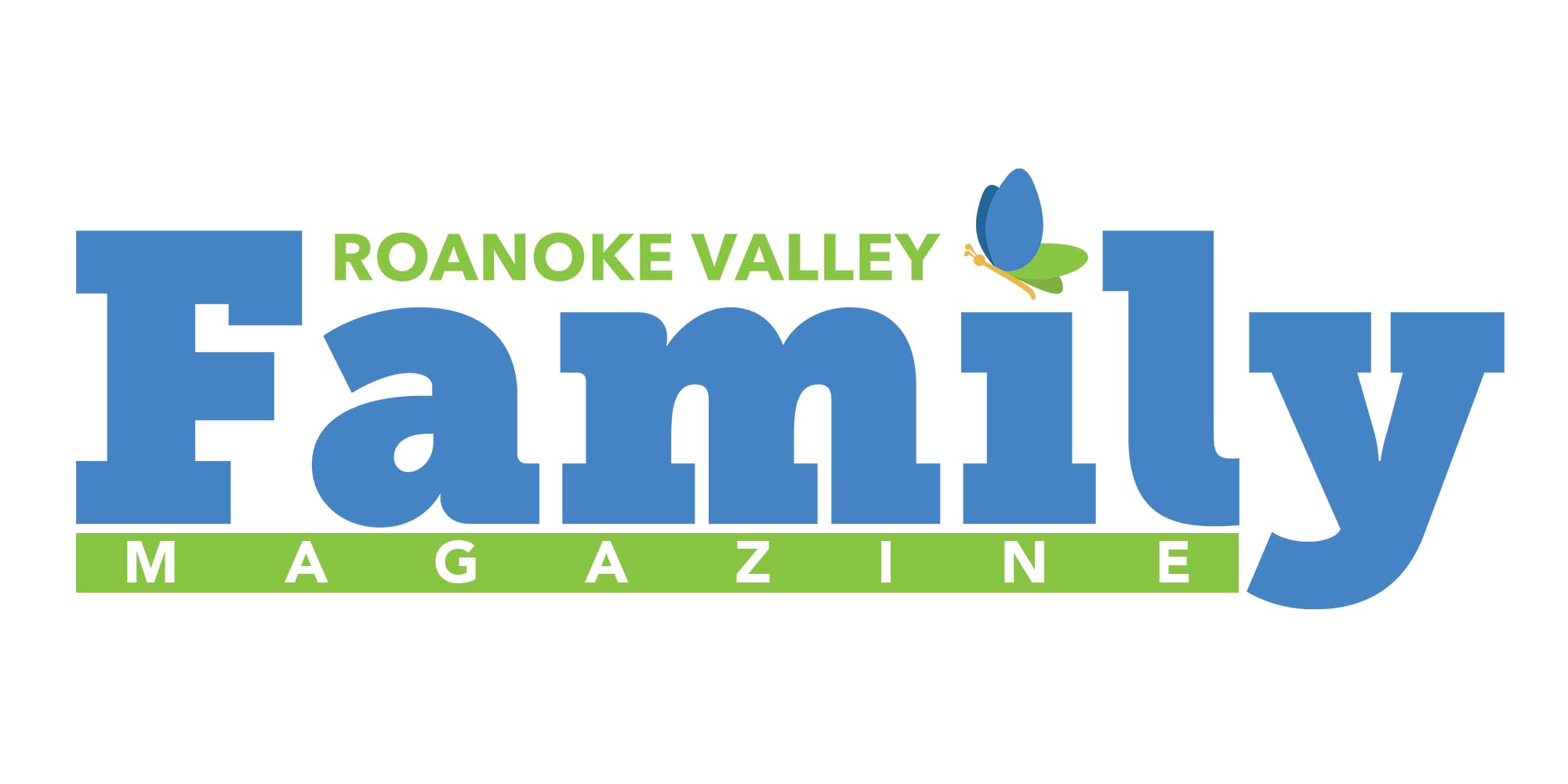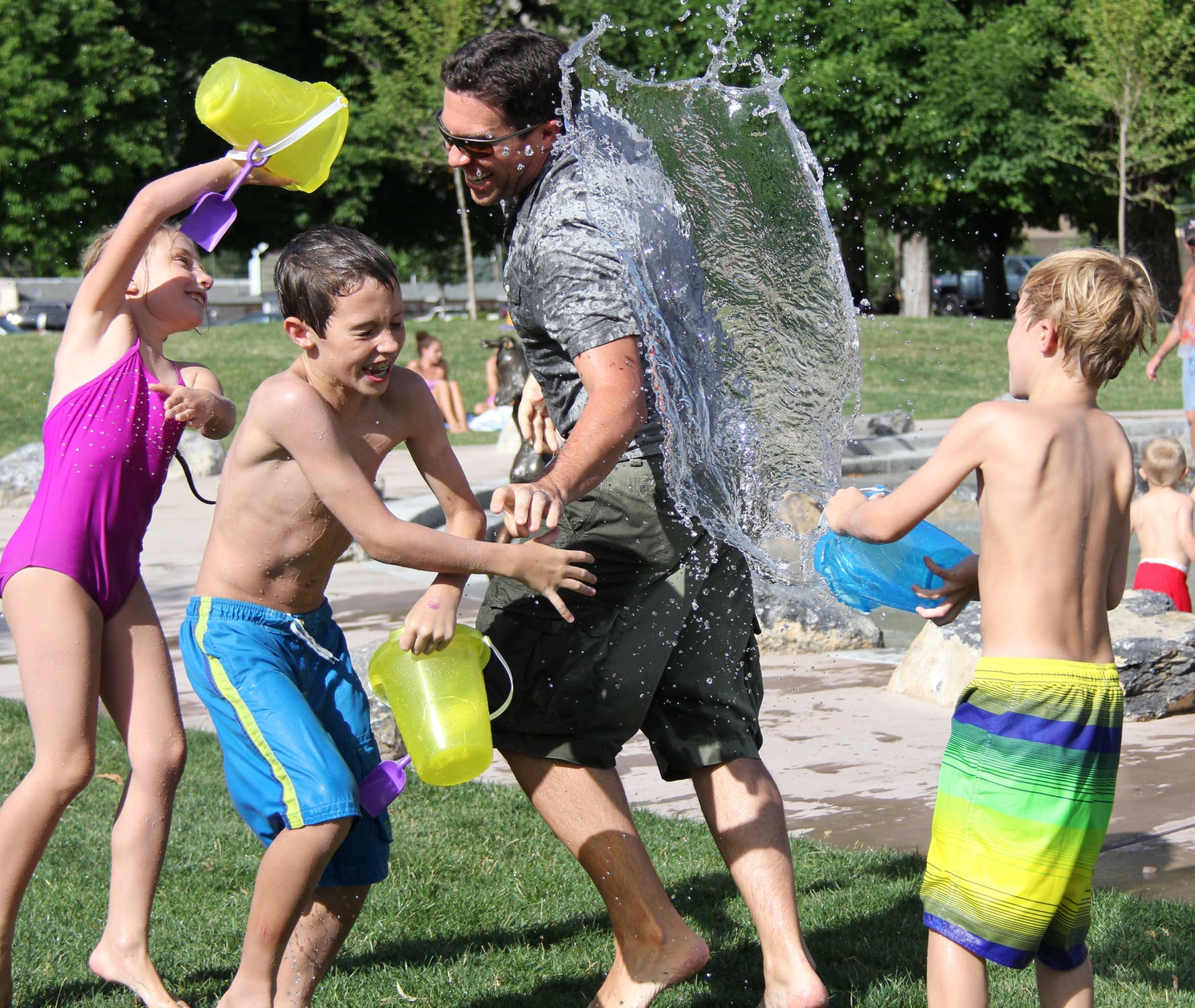Halloween Safety During a Pandemic

Hosting a Halloween Celebration
If you will be hosting a celebration, follow these CDC tips for hosting gatherings. Below are some additional considerations for hosting a holiday celebration:
• Host outdoor activities rather than indoor activities as much as possible. If hosting an outdoor event is not possible, and you choose to host an indoor event, avoid crowded, poorly ventilated, or fully enclosed indoor spaces.
• Increase ventilation by opening windows and doors to the extent that is safe and feasible based on the weather.
• Host activities with only people from your local area as much as possible.
• Limit numbers of attendees as much as possible.
• Provide updated information to your guests about any COVID-19 safety guidelines and steps in place to prevent the spread of the virus.
• Provide or encourage attendees to bring supplies to help you and others stay healthy. For example, extra masks (do not share or swap with others), hand sanitizer that contains at least 60% alcohol, and tissues.
• If you are planning in-person holiday gatherings with people outside of your household, consider asking all guests to strictly avoid contact with people outside of their households for 14 days before the gathering.
Attending a Halloween Celebration
If you will be attending a celebration that someone else is hosting, follow CDC Considerations for attending an event or gathering. Below are some additional considerations for attending an in-person holiday gathering:
• Outdoor activities are safer than indoor activities. If participating in an outdoor event is not possible, and you choose to attend an indoor event, avoid crowded, poorly ventilated, and fully enclosed indoor spaces. Increase ventilation by opening windows and doors to the extent that is safe and feasible based on the weather.
• Check with the event host, organizer, or event venue for updated information about any COVID-19 safety guidelines and if they have steps in place to prevent the spread of the virus.
• Bring supplies to help you and others stay healthy. For example, bring extra masks (do not share or swap with others), hand sanitizer that contains at least 60% alcohol, and tissues.
• If you are planning to attend in-person holiday gatherings with people outside of your household, consider strictly avoiding contact with people outside of your household for 14 days before the gathering.
During the celebration
Follow these tips to reduce your risk of being exposed to, getting, or spreading COVID-19 during the celebration:
• Social distance and limit close contact
• Maintain a distance of at least 6 feet or more from people you don’t live with. Be particularly mindful in areas where it may harder to keep this distance, such as restrooms and eating areas.
• Avoid using restroom facilities at high traffic times, such as at the end of a public event.
• Avoid busy eating areas, such as restaurants during high volume mealtimes, if you plan to eat out at a restaurant.
• Minimize gestures that promote close contact. For example, do not shake hands, elbow bump, or give hugs. Instead wave and verbally greet others.
• Wear a mask at all times when around people who don’t live in your household to reduce the risk of spreading the virus.
• Avoid singing, chanting, or shouting, especially when not wearing a mask and within 6 feet of others.
• Do not use a costume mask as a substitute for a cloth mask unless it is made of two or more layers of breathable fabric that covers your mouth and nose and doesn’t leave gaps around your face.
• Do not wear a costume mask over a cloth mask because it can be dangerous if the costume mask makes it hard to breathe. Instead, consider using a Halloween-themed cloth mask.
• Limit contact with commonly touched surfaces or shared items
• Clean and disinfect commonly touched surfaces and any shared items between use when feasible. Use EPA-approved disinfectants.
• Use touchless garbage cans if available.
• Use gloves when removing garbage bags or handling and disposing of trash. Wash hands after removing gloves.
• Wash your hands often with soap and water for at least 20 seconds, especially after you have been in a public place, or after blowing your nose, coughing, or sneezing. If soap and water are not readily available, use a hand sanitizer that contains at least 60% alcohol. Cover all surfaces of your hands and rub them together until they feel dry.
Keep safe around food and drinks
Currently, there is no evidence to suggest that handling food or eating is associated with directly spreading COVID-19. It is possible that a person can get COVID-19 by touching a surface or object, including food, food packaging, or utensils that have the virus on it and then touching their own mouth, nose, or possibly their eyes. However, this is not thought to be the main way that the virus is spread. Remember, it is always important to follow good hygiene to reduce the risk of illness from common foodborne germs.
• Make sure everyone washes their hands with soap and water for 20 seconds before and after preparing, serving, and eating food.
• Use hand sanitizer with at least 60% alcohol if soap and water are not available.
• Instead of potluck-style gatherings, encourage guests to bring food and drinks for themselves and for members of their own household only.
• Limit people going in and out of the areas where food is being prepared or handled, such as in the kitchen or around the grill, if possible.
• Wear a mask while preparing or serving food to others who don’t live in your household.
• If serving any food, consider having one person serve all the food so that multiple people are not handling the serving utensils.
• Use single-use options or identify one person to serve sharable items, like salad dressings, food containers, plates and utensils, and condiments.
• Avoid any self-serve food or drink options, such as buffets or buffet-style potlucks, salad bars, and condiment or drink stations.
• Use grab-and-go meal options, if available.
• If you choose to use any items that are reusable (e.g., seating covers, tablecloths, linen napkins), wash and disinfect them after the event.
Lower Risk Halloween Activities
• Carving or decorating pumpkins with members of your household and displaying them
• Carving or decorating pumpkins outside, at a safe distance, with neighbors or friends
• Decorating your house, apartment, or living space
• Doing a Halloween scavenger hunt where children are given lists of Halloween-themed things to look for while they walk outdoors from house to house admiring Halloween decorations at a distance
• Having a virtual Halloween costume contest
• Having a Halloween movie night with people you live with
• Having a scavenger hunt-style trick-or-treat search with your household members in or around your home rather than going house to house
Moderate Risk Halloween Activities
• Participating in one-way trick-or-treating where individually wrapped goodie bags are lined up for families to grab and go while continuing to social distance (such as at the end of a driveway or at the edge of a yard)
• If you are preparing goodie bags, wash your hands with soap and water for at least 20 second before and after preparing the bags.
• Having a small group, outdoor, open-air costume parade where people are distanced more than 6 feet apart
• Attending a costume party held outdoors where protective masks are used and people can remain more than 6 feet apart
• A costume mask (such as for Halloween) is not a substitute for a cloth mask. A costume mask should not be used unless it is made of two or more layers of breathable fabric that covers the mouth and nose and doesn’t leave gaps around the face.
• Going to an open-air, one-way, walk-through haunted forest where appropriate mask use is enforced, and people can remain more than 6 feet apart
• If screaming will likely occur, greater distancing is advised. The greater the distance, the lower the risk of spreading a respiratory virus.
• Visiting pumpkin patches or orchards where people use hand sanitizer before touching pumpkins or picking apples, wearing masks is encouraged or enforced, and people are able to maintain social distancing
• Having an outdoor Halloween movie night with local family friends with people spaced at least 6 feet apart
Higher Risk Halloween Activities
• Participating in traditional trick-or-treating where treats are handed to children who go door to door
• Having trunk-or-treat where treats are handed out from trunks of cars lined up in large parking lots
• Attending crowded costume parties held indoors
• Going to an indoor haunted house where people may be crowded together and screaming
• Going on hayrides or tractor rides with people who are not in your household
Using alcohol or drugs, which can cloud judgement and increase risky behaviors
• Traveling to a rural fall festival that is not in your community if you live in an area with community spread of COVID-19




